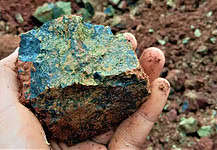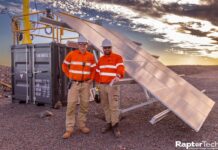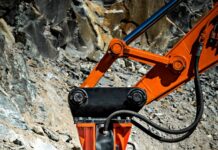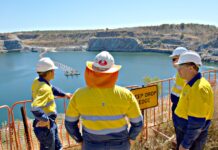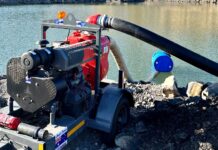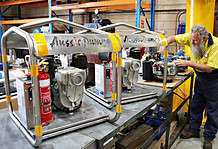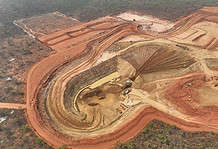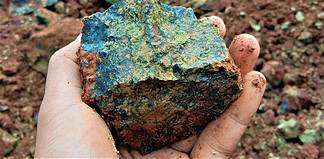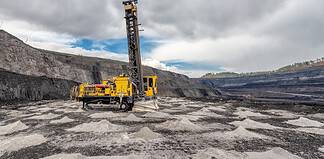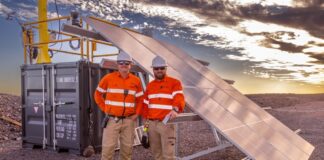By Reuben Adams
16 July, 2015
LOCATED 560km north of Adelaide, Olympic Dam is Australia’s largest underground mine, and contains some of the world’s largest deposits of copper and uranium.
In 2008, the company completed a prefeasibility study into expanding Olympic Dam into an open cut operation; a $30 billion proposed project, which would have created the world’s largest open cut mine.
By 2011 the necessary State and Federal Government approvals were in place; however, BHP announced in August 2012 it would defer the expansion until it could find a less capital-intensive alternative to the open cut plan.
In 2014, plans to expand the mine came back to the fore after BHP announced it was conducting a series of heap leaching trials as part of its evaluation of a low-risk underground expansion project. Later in the year, the company kicked off a debottlenecking project to further boost production and reduce unit costs.
Combined, the new expansion drive was expected to deliver more than 450,000t of copper per annum by 2025 – more than double current production, and at a lower cost.
At BHP’s annual general meeting in Adelaide last November, chief executive Andrew Mackenzie reiterated the company’s support for the project, calling Olympic Dam “one of the world’s great ore bodies”.
“Olympic Dam has one of the largest deposits of copper, uranium and gold and holds significant potential,” he said.
2015 got off to a bad start. In January, an electrical failure caused a mill outage, which led to a 15 per cent decrease in Olympic Dam copper production to 111,000t for the nine months ending March 2015. The Svedala mill was expected to be offline for about six months with an associated reduction in copper production of between 60,000t and 70,000t.
A complete diagnostic review revealed damage to the motor stator coil, and a repair and remediation plan was implemented. Having passed all commissioning checks, the company advised on 19 June that the Svedala mill had safely resumed operation ahead of schedule.
The mill’s operations would be ramped up in the coming weeks and a return to full production at Olympic Dam was expected by the end of July 2015.
Olympic Dam asset president Jacqui McGill congratulated the team who worked on the Svedala stator repair project.
“This week we reached the final milestone in the repair project and it is with sincere gratitude that I offer my thanks to the team and each and every employee at Olympic Dam who continue to contribute to our success,” Ms McGill said.
“The project has been a fantastic example of what Olympic Dam can achieve when we all work together.”
In June, the company flagged intentions to axe up to 140 jobs from its Adelaide offices from areas including finance and administration. A review of the Olympic Dam mining operations is still underway.
The cuts came as chief executive Andrew Mackenzie continued to prune costs across the company.
“At Olympic Dam, we continue to simplify our business to ensure we are operating as efficiently as possible,” the company said in a statement.
“This is consistent with the work being done in other BHP Billiton operations, and across the resources sector, and reflects the challenging external environment”.
BHP Billiton has been working on improving mining efficiencies at Olympic Dam, including heap leaching technology, which is more cost effective than a broader expansion of the mine.
Despite this, BHP chief Andrew Mackenzie told The Australian in June that it was “game on” for the Olympic Dam expansion; although the all-important heap-leach technology still required some fine tuning.
China’s market woes may have affected short-term confidence, but a number of analysts are sticking to previous forecasts for the country’s medium term copper demand growth.



